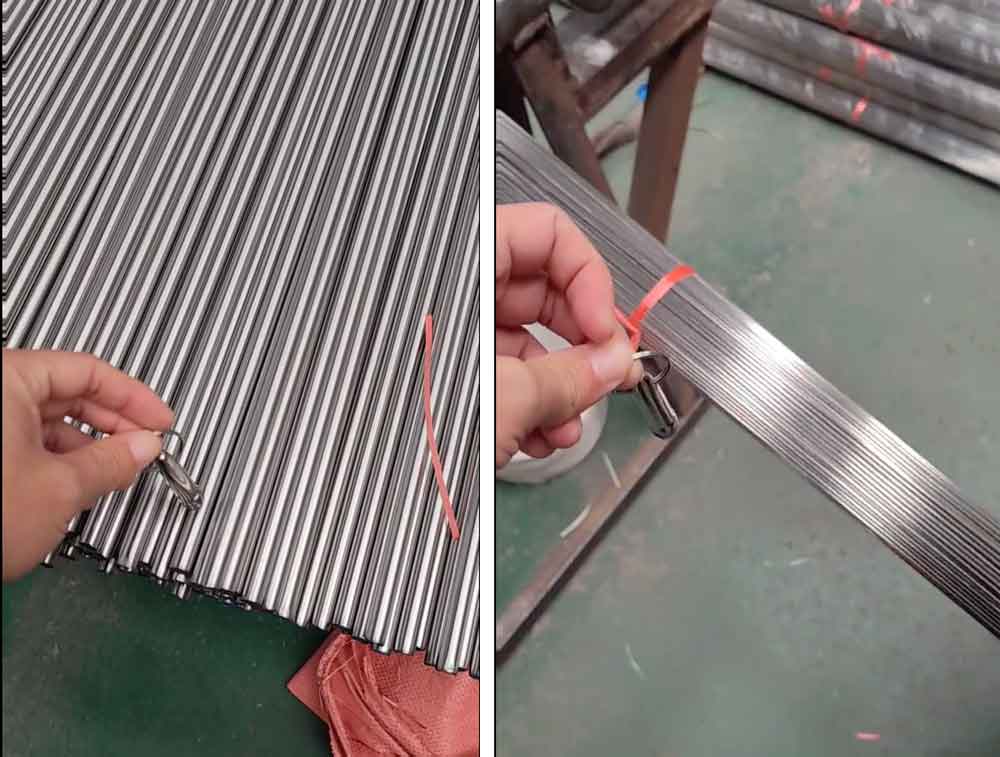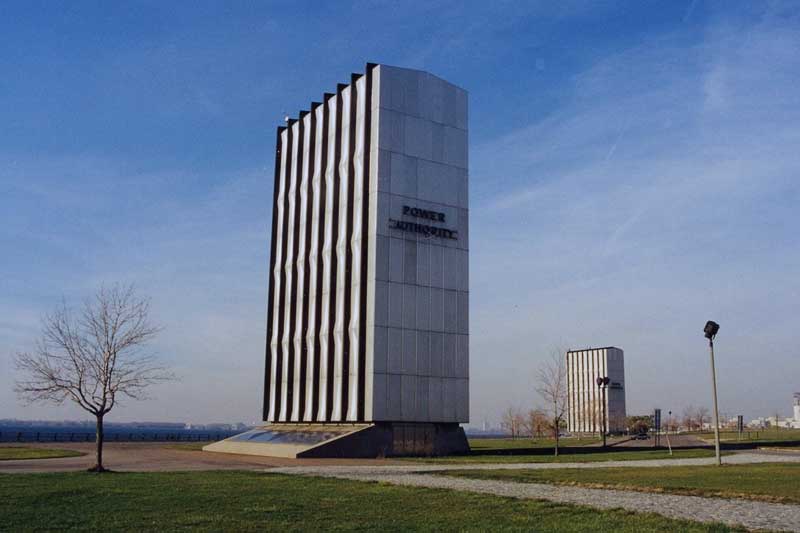Overview
It is taken for granted that stainless steels are non-magnetic, as magnetism is always associated with iron & steel. Therefore, in real world some might judge the authenticity of stainless steel materials by magnet. This article will introduce stainless steels in terms of magnetism.
What Makes Steel "Stainless"?
Stainless steel is "stainless" mainly because of the contained chromium which serves as the barrier to keep iron oxidation from contacting with air. Generally speaking, steels that contain above 10.5% chromium can be regarded as stainless steel. Other elements included such as nickel, molybdenum, titanium, copper, and aluminum work together to improve the stainless steel overall performance such as enhanced corrosion resistance, physical and mechanical properties.
Stainless Steels Categories
Stainless steels feature various types, but they can be classified into 4 categories per structure as below,
- 1. Austenitic stainless steel, mainly represented by 304, 316L, 321 & 310S.
- 2. Martensitic stainless steel, typically represented by 410, 420 & 431.
- 3. Ferritic stainless steel, mainly represented by 409 & 430.
- 4. Duplex stainless steel, typically represented by S31803, 2205 & 2507.
Stainless Steel & Magnetism
Apart from group 1 austenite which is non-magnetic or weakly magnetic, the rest groups including group 2 martensite, group 3 ferrite and group 4 duplex stainless steels are all magnetic. These are magnetic because of the ferrite structure involved. This means, magnetic will fail to absorb austenitic stainless steel, but can absorb martensitic stainless steel, ferritic stainless steel and duplex stainless steel.
Why Cannot We Use Magnet to Judge Stainless Steel?
It is not scientific to use magnet to judge stainless steel materials as previously mentioned. Firstly, other metal materials such as zinc alloys or copper alloys can be produced with similar color and shape like stainless steel, but they are non-magnetic materials. Secondly, even the most common austenitic grade 304 will present weak magnetism after cold work. It’s just a matter of degrees.
What makes Stainless Steel Magnetic?
Scenario 1
Generally speaking, stainless steels that contain ferrite or martensitic structure are magnetic. If ill heat treated, or inappropriately composition segregated, austenitic stainless steels such as 304 can be left with a bit ferrite or martensitic structure in their structure. This will make austenite 304 weakly magnetic.
Scenario 2
The austenitic structure of 304 stainless steel can be shifted towards martensite after cold work. The larger the degree of cold work deformation, the more martensite the material gets, hence the more magnetic 304 will be.
For instance, a batch of stainless steel wire can be straightened into stainless steel rod without obvious magnetism. However, it will be a different picture if the same stainless steel wire is bent into rectangle or round finished product. As the deformation is large, the material will present weak magnetism, especially at the bent part. This kind of magnetism is also known as industrial magnetism, as it is derived from industrial processing.
Non-Magnetic Stainless Steel Materials at CIVMATS
At CIVMATS, we can manufacture and supply stainless steel materials per your specific demand. Apart from those non-magnetic stainless steels, we can demagnetize the cold-worked stainless steel. Meanwhile we can also customize non-magnetic 304 stainless steel round bar without changing the required mechanical properties. If you have any special requirement on stainless steel magnetism, feel free to contact us. Our stainless steel consultants are your FREE advisers.


